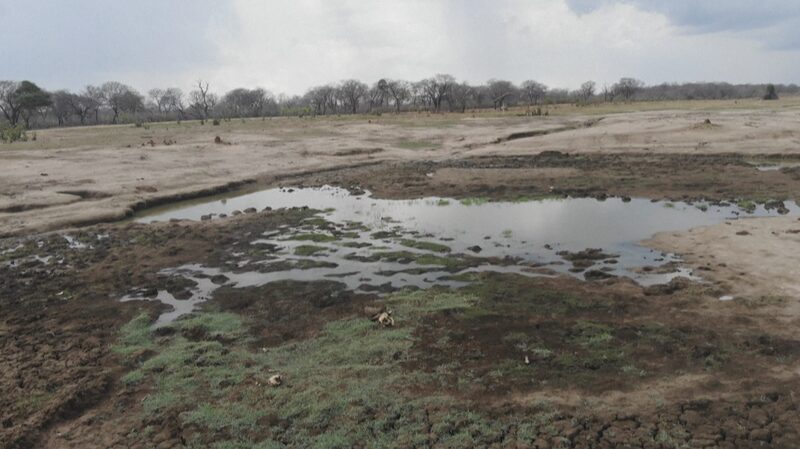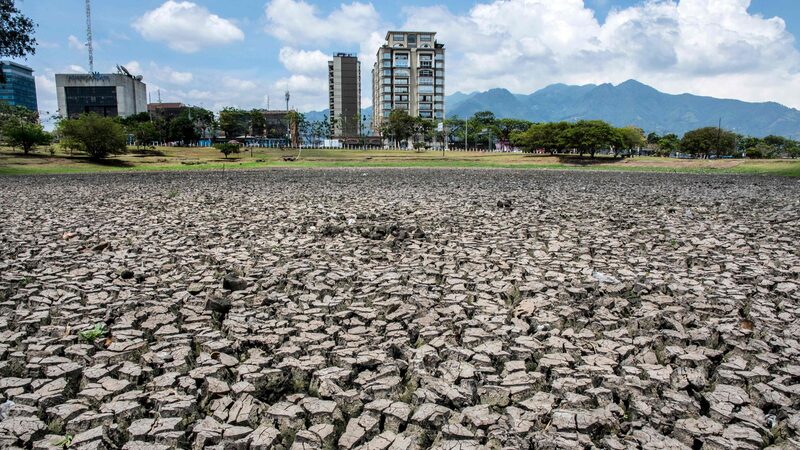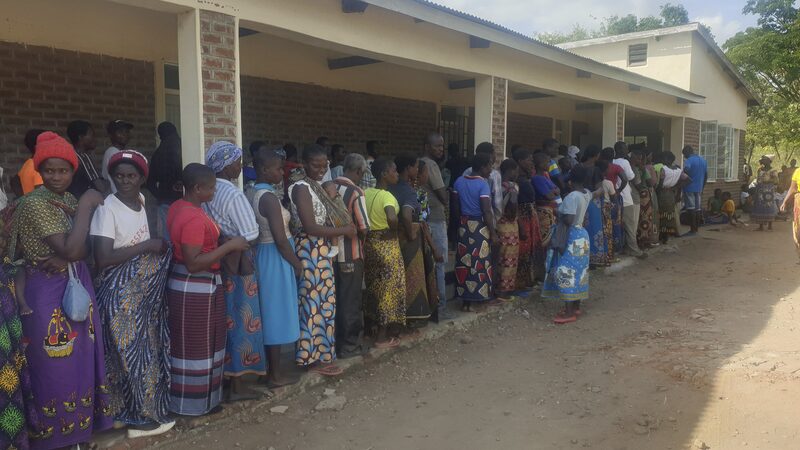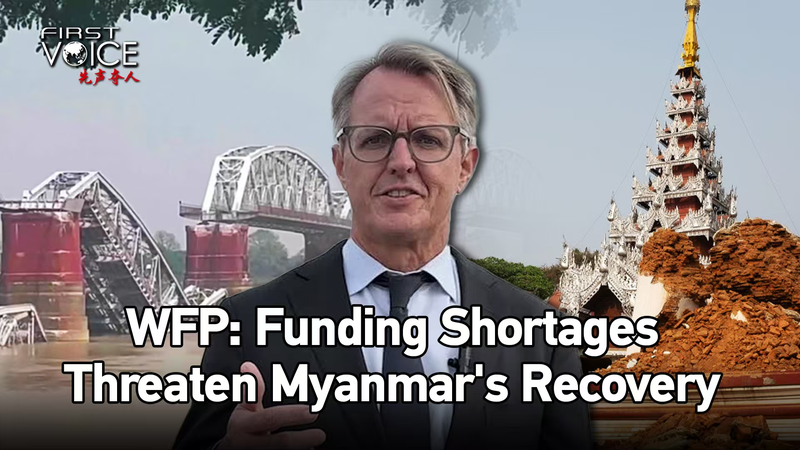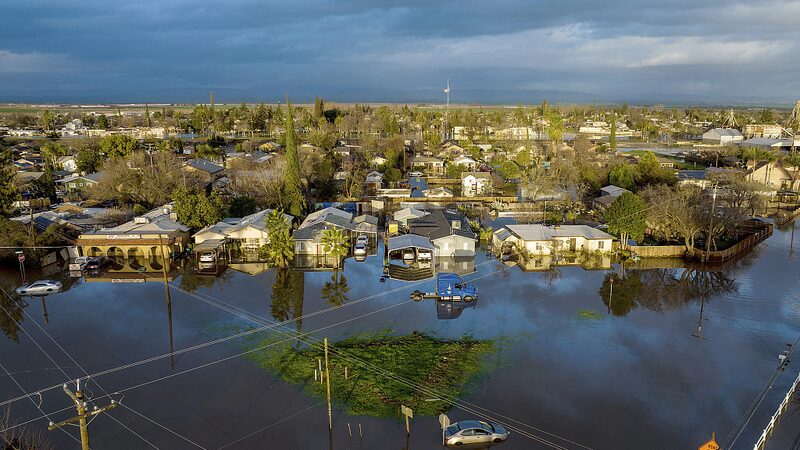Malawi has declared a state of disaster across 23 districts as a relentless drought, fueled by El Niño, cripples harvests and leaves millions hungry. President Lazarus Chakwera urgently appealed for $200 million in aid, echoing neighboring Zambia’s plea last month. Zimbabwe could be next, with crops decimated and food supplies dwindling. 🌾💔
The UN World Food Programme (WFP) warns that nearly 50 million people in southern and central Africa already faced food insecurity before this drought—one of the region’s worst in decades. The U.S. Agency for International Development (USAID) estimates over 20 million will need urgent food assistance by early 2024. In Zambia and Zimbabwe, February was the driest in 40 years, while Malawi, Mozambique, and Angola saw \"severe rainfall deficits.\"
Corn, the region’s staple crop, has wilted under the heat, threatening livelihoods and survival. El Niño—a natural climate pattern linked to Pacific Ocean warming—is intensifying due to climate change, scientists say. Southern Africa’s 2015-2016 El Niño crisis, its worst in 35 years, now feels like a grim preview. 🌡️⚠️
Even wildlife isn’t spared: Zimbabwe’s Hwange National Park reported over 100 elephant deaths last year as water sources vanished. The crisis underscores how climate extremes ripple across ecosystems and borders. 🌍💧
Reference(s):
cgtn.com
